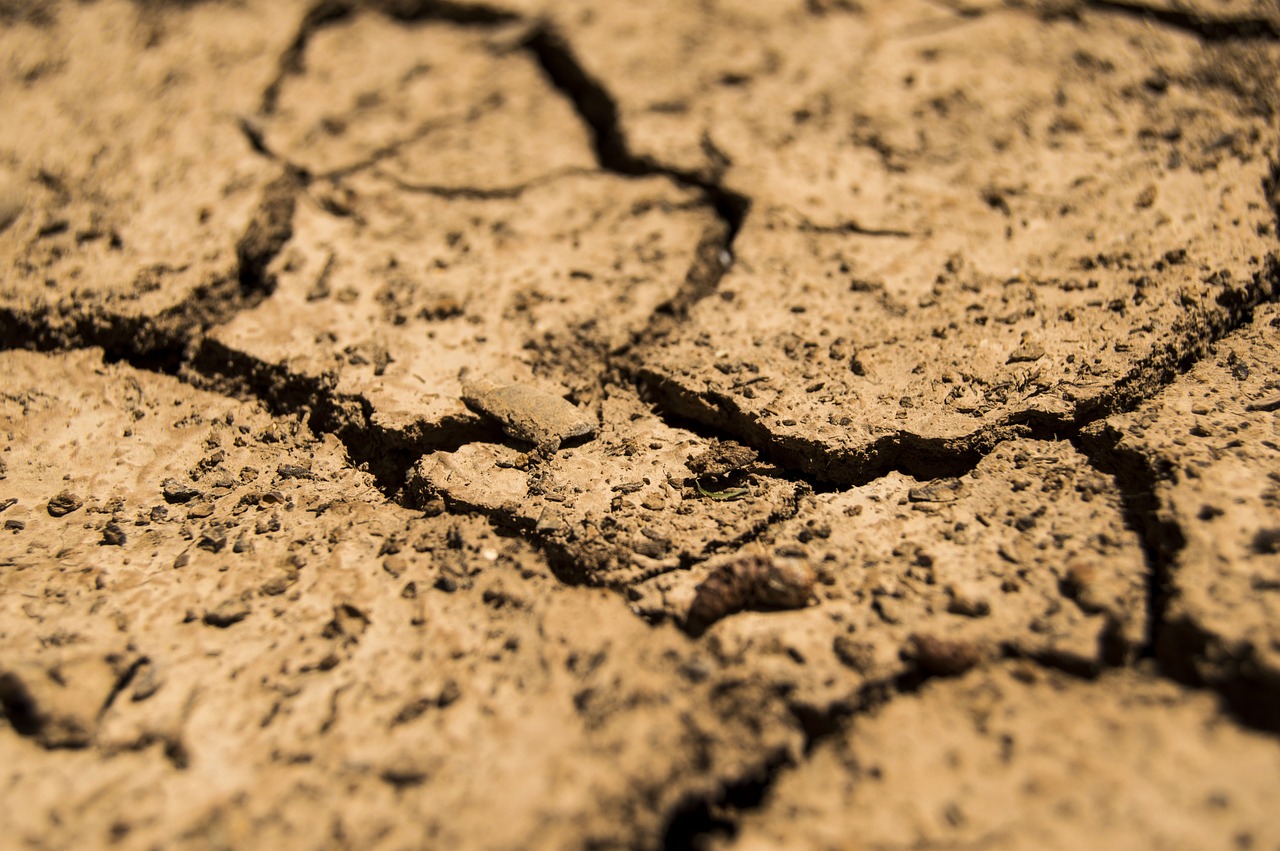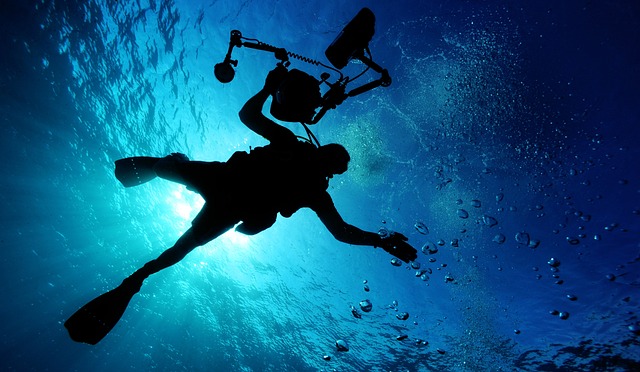Article Title:A Late Pleistocene palaeoclimate record based on mineral magnetic properties of the entrance facies sediments of Kulna Cave, Czech Republic
Abstract:
Kulna Cave is located in the Moravian Karst, a well-developed karstic region formed in Devonian limestones in the eastern part of the Czech Republic. The entrance facies sediments in the cave consist of interbedded layers of silts (loess) and clay-rich silts (loam) that were either directly blown into the cave entrance or redeposited in the cave by slope processes during the Last Glacial Stage. The layers of loess and loam overlie fluvial sands and gravels deposited during the Last Interglacial. Previous research at Kulna concentrated on the archaeology, palaeontology and dendrology of these entrance facies sediments. From these data, palaeoenvironmental conditions in the vicinity of the cave were reconstructed. Our results suggest that susceptibility variations and in particular variations in pedogenic susceptibility yield a more detailed record of the palaeoenvironmental conditions at the cave during the Last Glacial Stage. Magnetic susceptibility (chi) was measured on approximately 700 samples collected throughout three well-studied profiles in the cave entrance. The chi record is well defined and correlates from one profile to another. Mineral magnetic measurements [F-D, ARM/SIRM, S-ratio, chi (T)] suggest that chi variations in the Kulna sediments from the Last Glacial Stage are controlled by the concentration of magnetite and/or maghemite formed during pedogenesis. After the removal of the effects of fine carbonate debris and detrital ferromagnetic minerals on the bulk chi record, we obtained a record of pedogenic susceptibility (chi (p)) that serves to quantify the concentration of magnetic minerals formed during pedogenesis. Therefore, chi (p) can be thought of as a proxy reflecting the intensity of pedogenesis, which in turn is controlled by climate. Our chi (p) record is also in good agreement with the median grain size record of the Kulna sediments (another proxy for climatic change). We suggest that in the case of Kulna, chi (p) is more sensitive to climate change than bulk chi. The Kulna pedogenic susceptibility record shows variations on both long and short timescales. The long-term trends are in good agreement with the deep-sea SPECMAP record, while the short-term oscillations correlate well with rapid changes in the North Atlantic sea surface temperatures. Our results suggest that Central European climate during the Last Glacial Stage was strongly controlled by the sea surface temperatures in the North Atlantic. Short-term warmer events and perhaps higher precipitation over the raid-continent increased the intensity of pedogenesis. Given the number of independent climate proxies determined from the entrance facies of the cave and their high resolution, Kulna is an extremely important site for studying Late Pleistocene climate.
Keywords: caves; entrance facies; grain size; magnetic susceptibility; palaeoclimate; pedogenesis
DOI: 10.1046/j.0956-540x.2001.01527.x
Source:GEOPHYSICAL JOURNAL INTERNATIONAL
Welcome to correct the error, please contact email: humanisticspider@gmail.com



